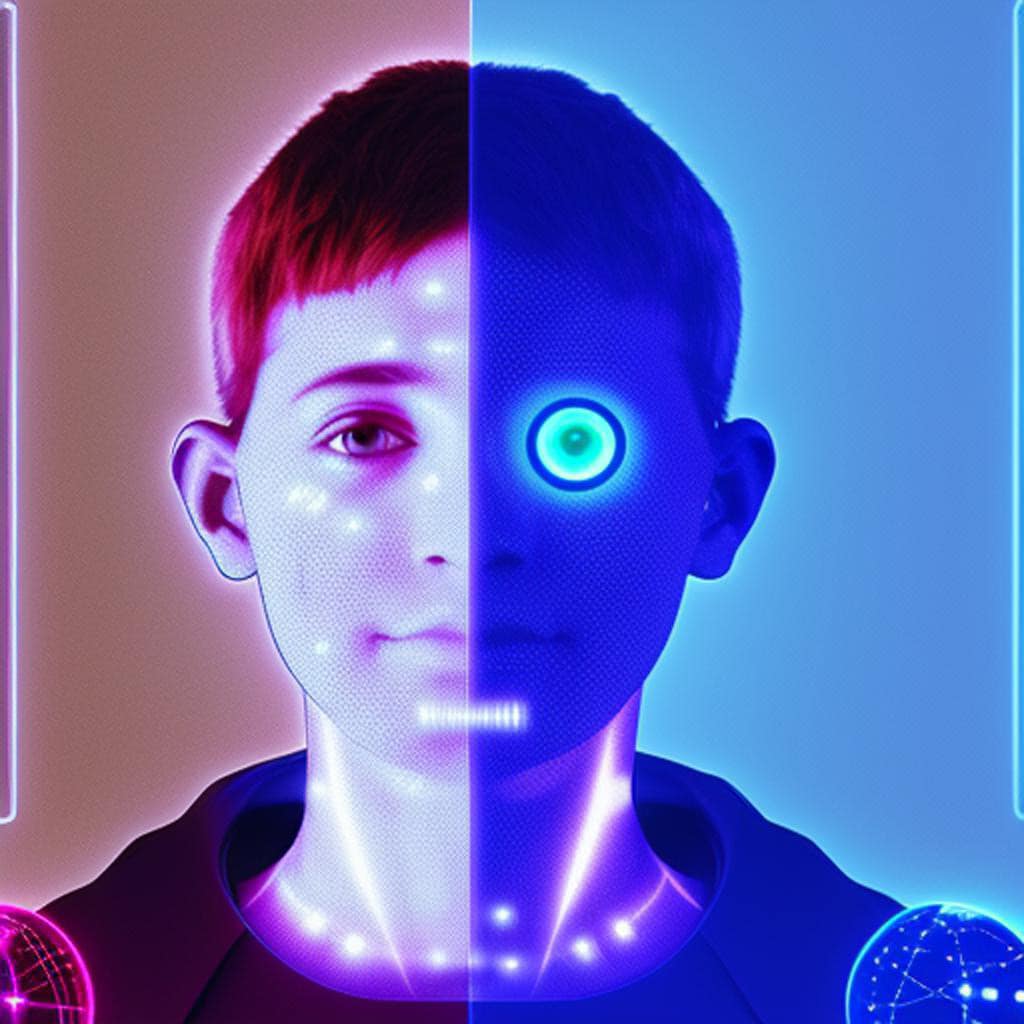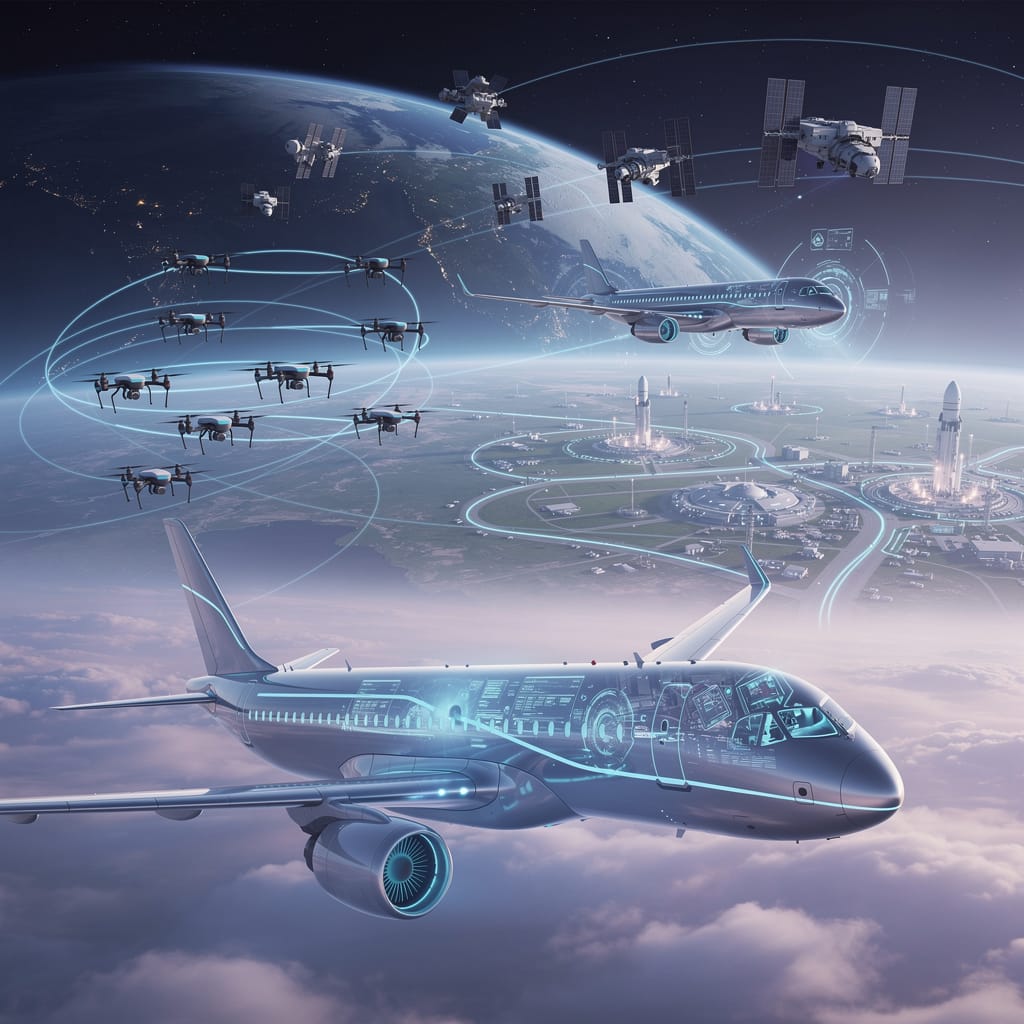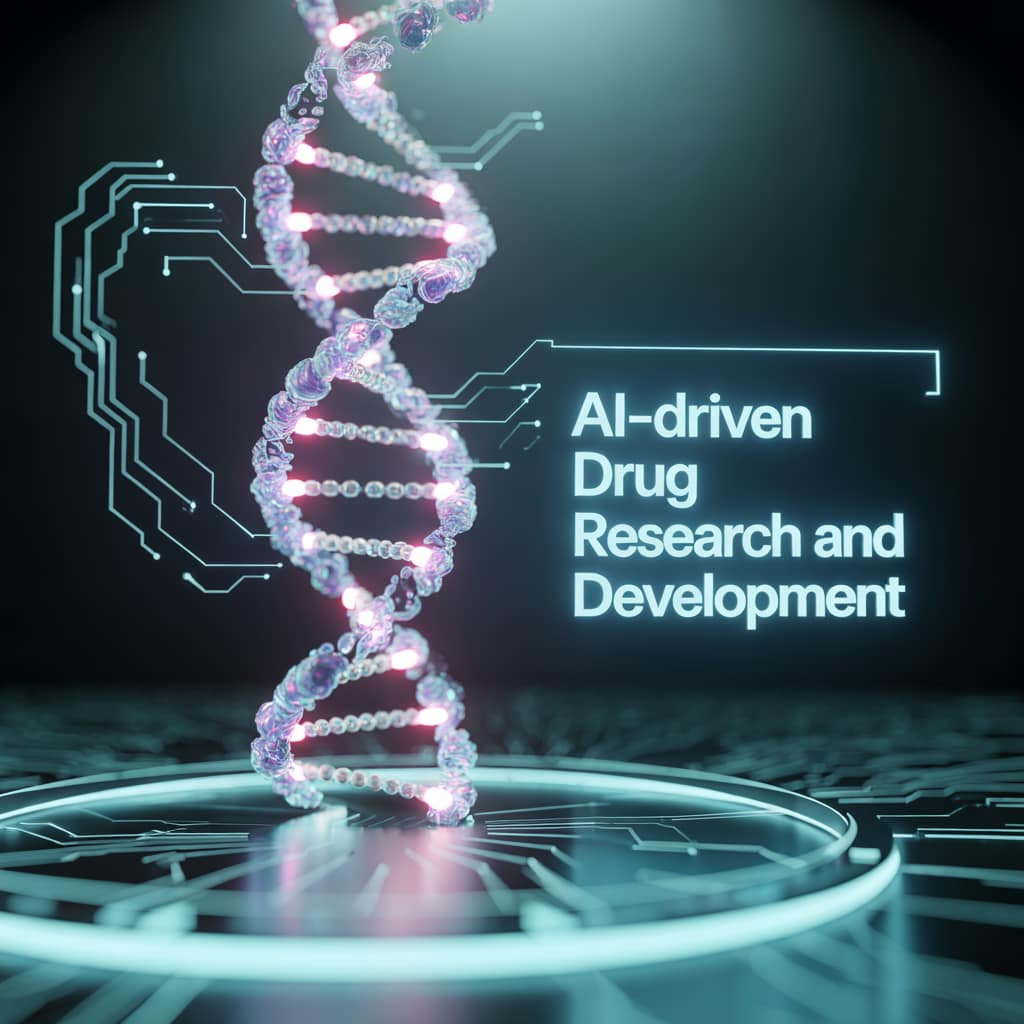Empowering Abilities: How Artificial Intelligence Transforms the Lives of Disabled Individuals
Artificial Intelligence (AI) has emerged as a groundbreaking technology with vast potential to transform various aspects of our society. One of the areas where AI shines brightly is in empowering disabled individuals. By leveraging the power of machine learning, natural language processing, computer vision, and robotics, AI is enhancing accessibility, independence, and inclusivity for people with disabilities. In this blog, we will explore the remarkable ways in which AI is revolutionizing the lives of disabled individuals, creating new opportunities, and breaking down barriers.
Augmentative and Alternative Communication (AAC)
One of the significant challenges faced by individuals with speech impairments or nonverbal disabilities is effective communication. AI-powered AAC technologies have opened up avenues for people to express themselves. Through speech recognition and synthesis, predictive text algorithms, and eye-tracking systems, AI enables individuals to communicate their thoughts, needs, and emotions more efficiently. Cutting-edge tools like smart keyboards, speech-generating devices, and voice assistants have revolutionized the communication landscape, empowering disabled individuals to engage in conversations, education, and employment.
Assistive Robotics
AI-driven robotics has revolutionized the field of assistive technology, enabling people with mobility impairments to regain independence and perform daily tasks. Advanced robotic exoskeletons and prosthetic limbs, integrated with AI algorithms, offer enhanced mobility, dexterity, and balance. These intelligent robotic devices adapt to the user’s movements, predict intentions, and respond to real-time feedback, significantly improving the quality of life for amputees and individuals with spinal cord injuries.
Visual and Auditory Assistance
For people with visual impairments, AI has brought forth remarkable advancements in computer vision technologies. Through object recognition, image captioning, and text-to-speech capabilities, AI-enabled devices can describe scenes, read text aloud, and identify objects, thereby providing visually impaired individuals with greater autonomy and access to information. Similarly, AI-powered auditory assistance systems, such as real-time captioning and sound recognition, have revolutionized the lives of people with hearing impairments, ensuring they can actively participate in conversations, enjoy multimedia content, and access auditory information effortlessly.
Personalized Healthcare
AI is transforming the healthcare landscape, and its impact on disabled individuals is particularly noteworthy. Through data analysis and predictive modeling, AI algorithms can detect patterns, identify risk factors, and aid in early diagnosis of disabilities and chronic conditions. AI-powered wearable devices and health monitoring systems provide real-time data on vital signs, allowing individuals and healthcare professionals to proactively manage health conditions. Moreover, AI is propelling research and development in assistive technologies, aiming to enhance mobility, cognition, and overall well-being for disabled individuals.
Accessible Technologies
AI plays a pivotal role in making technology more accessible and inclusive for people with disabilities. AI-driven software applications can adapt to diverse user needs, providing customizable interfaces, alternative input methods, and voice control options. Automatic closed captioning, screen readers, and voice assistants make digital content and online platforms accessible to individuals with visual or hearing impairments. By promoting universal design principles, AI is dismantling barriers and fostering equal participation in the digital realm.
Conclusion
Artificial Intelligence has emerged as a powerful force in empowering disabled individuals, revolutionizing their lives, and promoting inclusivity. Through innovative technologies like augmentative and alternative communication systems, assistive robotics, visual and auditory assistance tools, personalized healthcare solutions, and accessible technologies, AI has broken down barriers, enhanced independence, and created new opportunities. However, ongoing research, collaboration, and advocacy are crucial to ensure that AI remains inclusive, ethically deployed, and addresses the diverse needs of disabled individuals. By harnessing the potential of AI, we can build a society that celebrates abilities and fosters inclusivity for all.
Resumed in a table with key points and points of action
| Key Points | Points of Action |
| Augmentative and Alternative Communication (AAC) | 1. Promote awareness about AI-driven AAC technologies. |
| 2. Ensure affordability and accessibility of AAC devices. | |
| 3. Advocate for AAC integration in educational institutions. | |
| 4. Support research and development of advanced AAC tools. | |
| Assistive Robotics | 1. Advocate for insurance coverage for robotic devices. |
| 2. Encourage partnerships between robotics and healthcare. | |
| 3. Support research on lightweight and affordable exoskeletons. | |
| Visual and Auditory Assistance | 1. Promote AI-based accessibility features in digital products. |
| 2. Encourage developers to implement inclusive design principles. | |
| 3. Support organizations working on audio and visual assistive technologies. | |
| Personalized Healthcare | 1. Invest in AI research and development for disability diagnosis. |
| 2. Advocate for the integration of AI in healthcare systems. | |
| 3. Support the development of affordable and user-friendly wearable devices. | |
| Accessible Technologies | 1. Promote accessibility guidelines for digital platforms. |
| 2. Advocate for the inclusion of accessibility features in technology standards. | |
| 3. Encourage collaboration between AI and accessibility communities. | |
| 4. Support initiatives that train developers in inclusive design. |
By focusing on these key points and taking action, we can continue to leverage the power of AI to improve the lives of disabled individuals, promote inclusivity, and create a more accessible society.

Source OpenAI’s GPT language models, Fleeky, MIB, & Picsart
Thank you for questions, shares and comments!
Share your thoughts or questions in the comments below!






